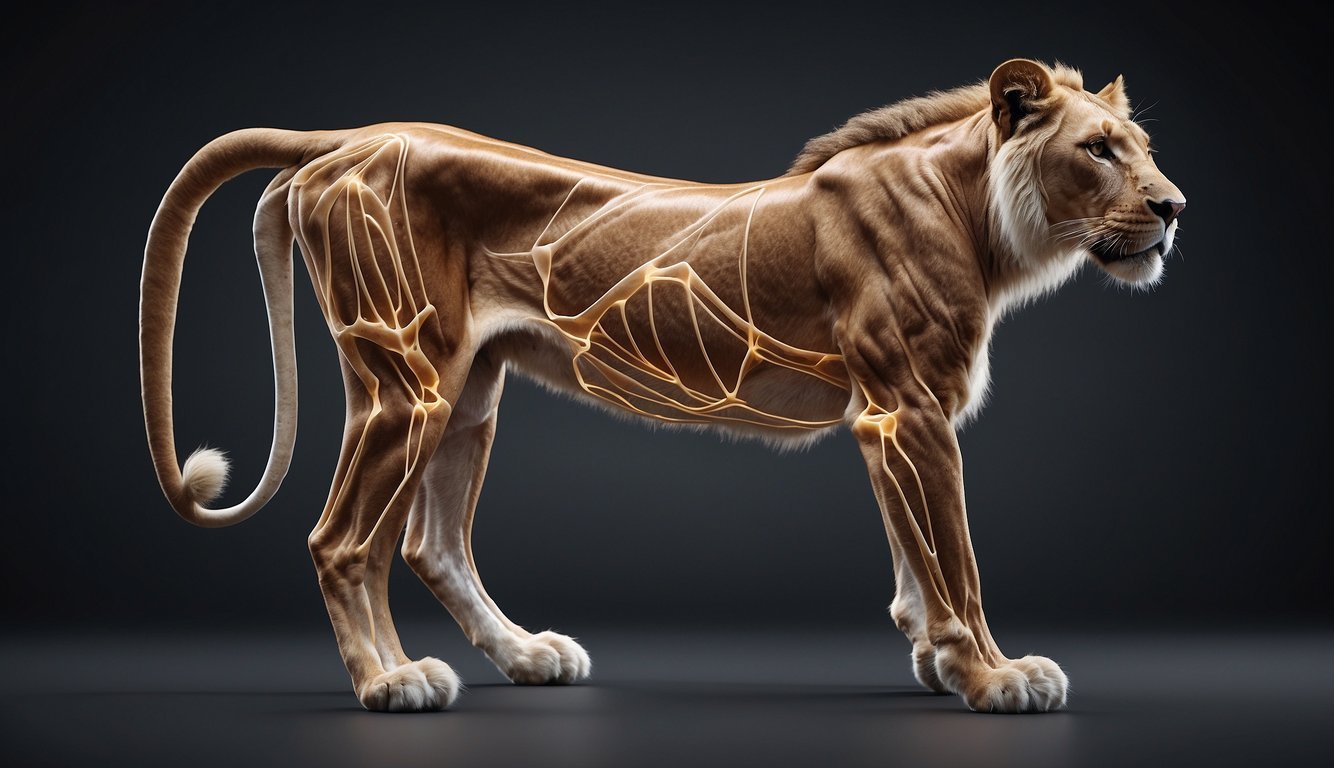Animal Classification and Biodiversity
Navigating the intricate world of animal classification reveals the vastness of life’s diversity. Carl Linnaeus’s system of categorizing life forms into hierarchical groups such as kingdom, phylum, and class provides a scientific scaffolding, which has been further refined by molecular phylogenetics, enabling us to understand the genetic relationships between species.
Species and Taxonomy
Taxonomy is the science of naming, defining, and classifying species based on common characteristics. Each species is given a unique two-part name, consisting of the genus and species identifier, an approach known as binomial nomenclature initiated by Carl Linnaeus. This system is pivotal for unraveling the complexities of the animal kingdom, as it allows scientists to accurately discuss the millions of animal species known to science, from the vast oceanic realms to the dense forests of South America and Africa.
Diversity of Life
Life on Earth showcases a remarkable range of forms and functions among animals, from microscopic nematodes to majestic mammals. Discoveries continue to expand our understanding, with recent studies showing that birds have evolved diverse beak shapes to adapt to their environments. Insects and arthropods constitute the bulk of animal diversity, with countless adaptation strategies that allow them to thrive in virtually every habitat on Earth. The tapestry of life is complex, interconnected, and ever-evolving.
Conservation Status
Entities like the IUCN Red List play a critical role in monitoring the conservation status of species. An alarming number of animals, including tigers and sea turtles, are classified as endangered, while others teeter on the brink of extinction. Conservation efforts aim to protect these vulnerable species by mitigating threats such as habitat loss, pollution, and poaching.
Animal Habitats
The habitats animals reside in, ranging from the lush Amazon rainforests to the deep oceans, are as diverse as the species themselves. Amphibians often rely on wetlands, while reptiles might dwell in deserts or rainforests. The ever-changing environment, affected by both natural and human-induced factors, dictates the distribution and survival of species across the globe.
Anatomy and Physiology

An exploration of animal anatomy and physiology reveals a fascinating array of structures intricately designed for survival. These biological systems reflect the complexities and wonders found within creatures great and small.
Form and Function
Animals exhibit a wide variety of forms, each tailored to their function in nature. A fish’s sleek body with fins and scales allows it to glide through water, while the vertebral column in mammals provides support and flexibility for movement on land. The morphology of animals is a direct result of their muscles and bones working in concert to facilitate motion and interaction with their environment.
Survival Mechanisms
To thrive in various habitats, animals have developed a range of survival mechanisms. Fur and hair provide insulation for warm-blooded vertebrates, allowing them to maintain their body temperature in colder climates. Conversely, cold-blooded animals rely on environmental heat sources to regulate their body temperature. Defense mechanisms are also crucial, with some creatures featuring tough scales or camouflaging coloration to protect against predators.
Adaptations and Evolution
Over time, the adaptations that enhance an animal’s ability to survive in its environment become fixed through evolution. Molecular phylogenetics has unraveled how genes influence the development and variation in traits resulting in the astounding diversity of life. Aquatic vertebrates like fish may develop gills for breathing underwater, while birds have evolved lightweight skeletons for flight. Reproduction strategies have also been honed, with many species developing complex behaviors or physical structures to ensure the survival of their progeny.
Cultural and Scientific Impact

The relationship between humans and animals stretches back through history, intertwining with our society, culture, and scientific pursuits. From mythology to modern research, animals have been central to many facets of human life, shaping arts, literature, and our understanding of the natural world.
Humans and Animals
Humans have had a profound connection with animals since the dawn of history, integrating them into aspects of religion, heraldry, and the arts. Dogs, often referred to as ‘man’s best friend’, have been companions in hunting and have provided services that have been essential for the survival and development of human societies. Similarly, horses have not only served as vital transportation means but have also played significant roles in societal ceremonies and warfare.
Animals in Society
In terms of cultural impact, creatures have been omnipresent in mythology and literature, often symbolizing virtues or vices, which influenced education, culture, and even national identity. For instance, the bald eagle, a symbol of strength and freedom, is prominently featured in the heraldry of the United States and continues to make news as conservation efforts reflect society’s values toward nature. Keeping pets is a clear reflection of the bond with the animal world, signifying care, companionship, and a reflection of societal status and empathy.
Scientific Study
Scientifically, the study of animals, through disciplines such as zoology, ethology, and genetics, has provided invaluable insights into the workings of ecosystems and the processes of evolution. Research published in National Geographic illustrates the depth of animal intelligence and societal structures. The captivity and study of creatures from around the world have allowed for a greater understanding, though they also raise questions about ethics and animal welfare. Ongoing studies into animal behavior, such as those on the impact of animals in their environments, contribute significantly to both conservation efforts and the burgeoning field of cultural evolution.

